BACKGROUND – CubCrafters is finishing up the seaplane certification for the CC19 XCub, for both straight and amphibious Wipline 2100 floats. As part of that effort, I did a return to service flight yesterday on N800XC, one of the Launch Edition production aircraft that is the first new aircraft conforming float installation.
Much of the XCub seaplane certification work had been previously done in partnership with Wipaire on XCub S/N 01, which is a dedicated R&D aircraft here at the Factory in Yakima. But to finish up both the in-house “company” and FAA “show compliance” flight testing for this project, we needed to do a little more work with a conforming production aircraft. N800XC (S/N 12) was originally slated to be a second factory XCub demo aircraft, but was drafted for this effort earlier this year. The engine break-in was completed on this aircraft some time ago, the Wipline 2100A float installation was completed last week, and we’re now working the final squawks off the aircraft in preparation for the flight testing that starts next week to complete the overall XCub seaplane certification effort.
This particular aircraft has been presold to a Canadian customer who intends to keep the aircraft at a second home in the Bahamas. At CubCrafters we try to keep our customers apprised of the progress of each new aircraft during the production process. Often, our customer support staff will go out to the line or the Services shop and snap a quick picture that we will email to them as work progresses. Due to the conformity requirements and the inherently slow nature of Part 23 General Aviation certification, this customer has only received multiple pictures of his aircraft in various states of disassembly during the float installation. He’s been incredibly patient as the seaplane certification effort has unfolded, and now that his aircraft is flying on floats, I wanted to do something a little special, so on today’s return to service flight, I took a little extra time and got some video of the aircraft on and off the water.
PILOT REPORT – The XCub on Wipline 2100A’s makes a great amphibious seaplane. Starting off on land, runway acceleration is typical for an XCub, the takeoff roll is quick and just a bit of right rudder keeps the aircraft aligned on the runway centerline. Although the aircraft has to get up to around 35 MPH IAS on wheels to be able rotate on the amphibs, takeoff distance with a single pilot and full fuel was less than 500’ on the pavement and I would expect that distance to actually improve with a passenger and/or a more rearward CG on the aircraft.
This flight was on a warm day with OAT’s in the low to mid 80°F range. Climb out at Vy (74 MPH) was around 1,000 FPM with engine temperatures staying reasonable in the climb. Low altitude cruise speed was respectable for a two place tandem seaplane, at between 110-120 MPH TAS at 2400 RPM and 24” of manifold pressure and CHT’s stabilizing just above the mid-300°F range. Oil temperature was 180°F and fuel burn was 10.5 GPH at that cruise setting. The aircraft is very stable in turbulence and tracks nicely in the air.
I did some slow flight and a few stalls which were uneventful. Roll and pitch response in slow flight was good, and the stalls were typical of any Cub type aircraft, a slight burble just after the stall warning horn came on, and then a predictable stall straight ahead without any appreciable wing drop to either side. You can tell the Vortex Generators on the wings are working, as it’s difficult to get the stall to break at less than about a 30° nose up pitch angle.
On the water, the aircraft behaved nicely as well. A typical landing approach at 50-60 MPH IAS, rotating at 45 MPH IAS, and then settling into ground (water?) effect and landing at around 40 MPH IAS with full flaps works well. The throttle response with the Hartzell composite constant speed prop is better than with a heavier metal fixed pitch prop and really helps manage the aircraft’s descent rate. Slow taxi with the water rudders down was excellent, upwind turns at full rudder deflection were accomplished within the wingspan of the aircraft with downwind turns about double that. Step taxi was typical of any other Cub on these floats, with the exception that I believe the XCub ailerons were more effective at keeping the outside wing down, resulting in the seeming ability to turn a tighter radius on the step.
Takeoff performance from the water was better than any comparable Part 23 two-place tandem aircraft I have flown under similar conditions, including CubCrafters own CC18 Top Cub. Uupon advancing the throttle the aircraft was immediately into the first rise and I was actually surprised at how fast the aircraft wants to be on step; it was quick enough that I found myself dragging the heels of the floats on the first couple of takeoff runs. It accelerates nicely when on step and under today’s conditions (1,100’ MSL on the Columbia River, 86°F OAT, nearly full fuel, ~50 lbs. of baggage and test equipment, 5-10 MPH headwind), the aircraft was consistently off the water in around 500-600’ which was about 10-12 seconds after throttle up.

All in all, the XCub configured as a seaplane is one heck of a lot of fun. This customer should really enjoy his new bird!
Brad Damm – CubCrafters Director of Sales
Yakima, Washington


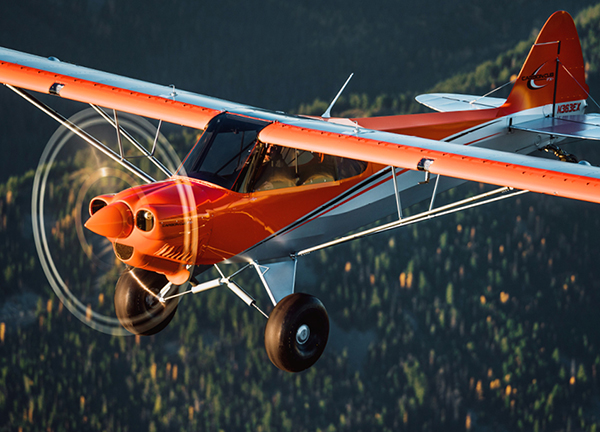
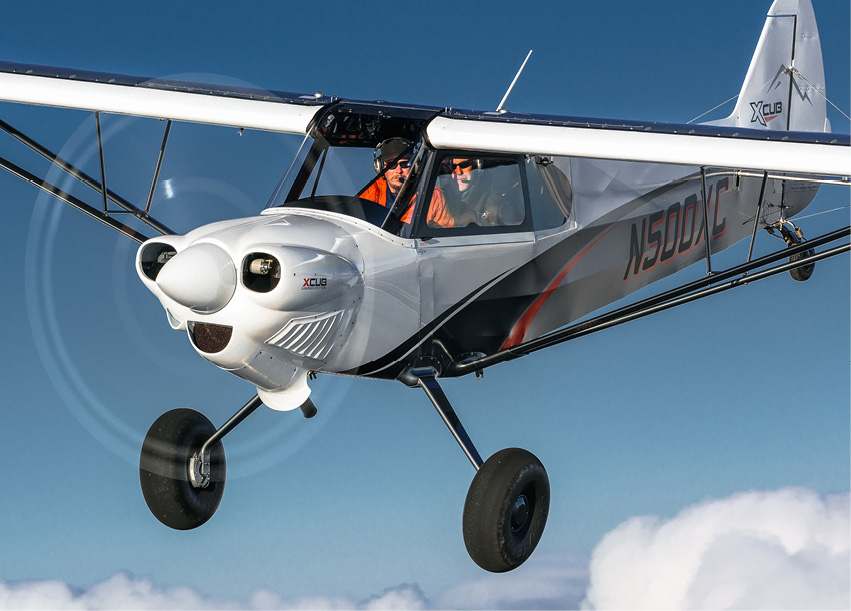
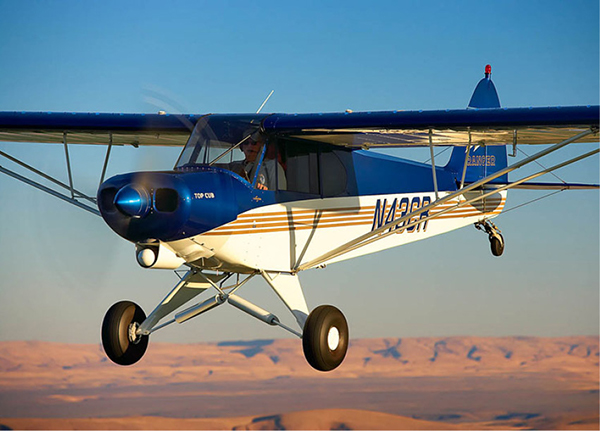
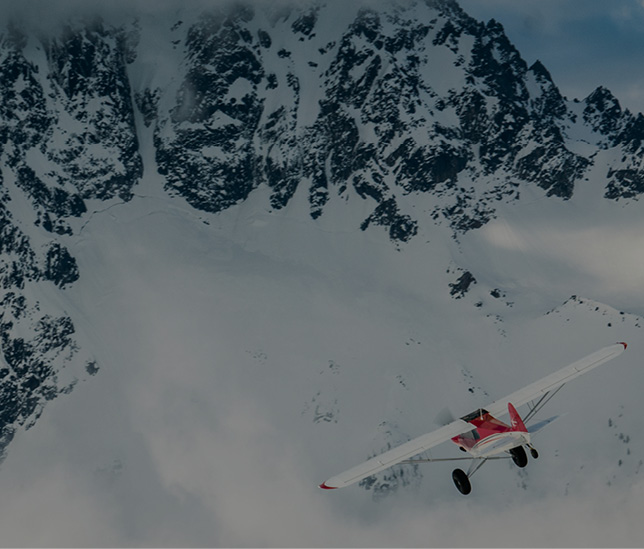
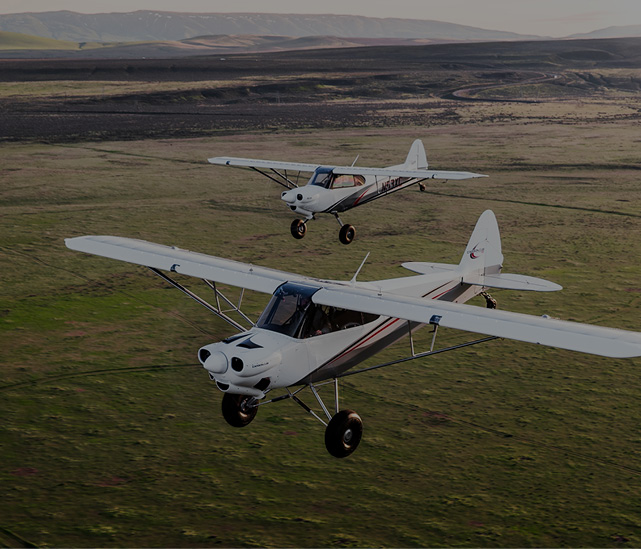

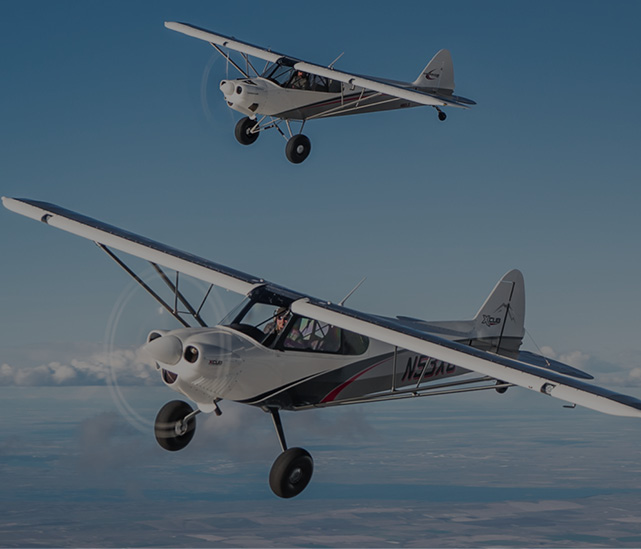

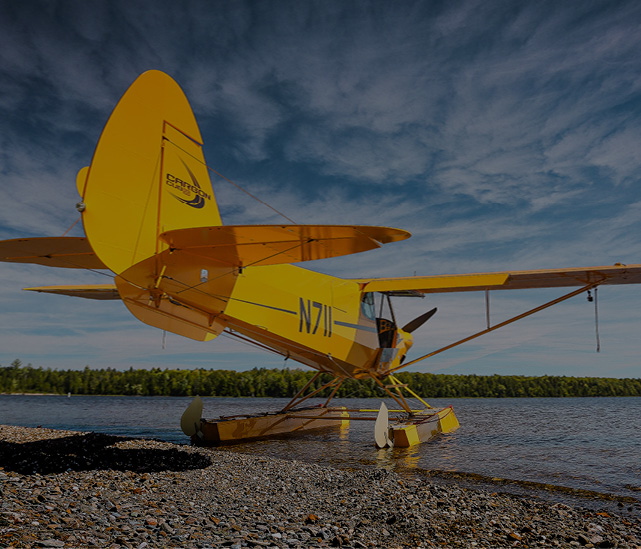
[…] Damm, Director of Sales at CubCrafters™ typed up a detailed Flight PIREP for the customer, but not without sharing a pretty awesome video, as final proof that this airplane […]